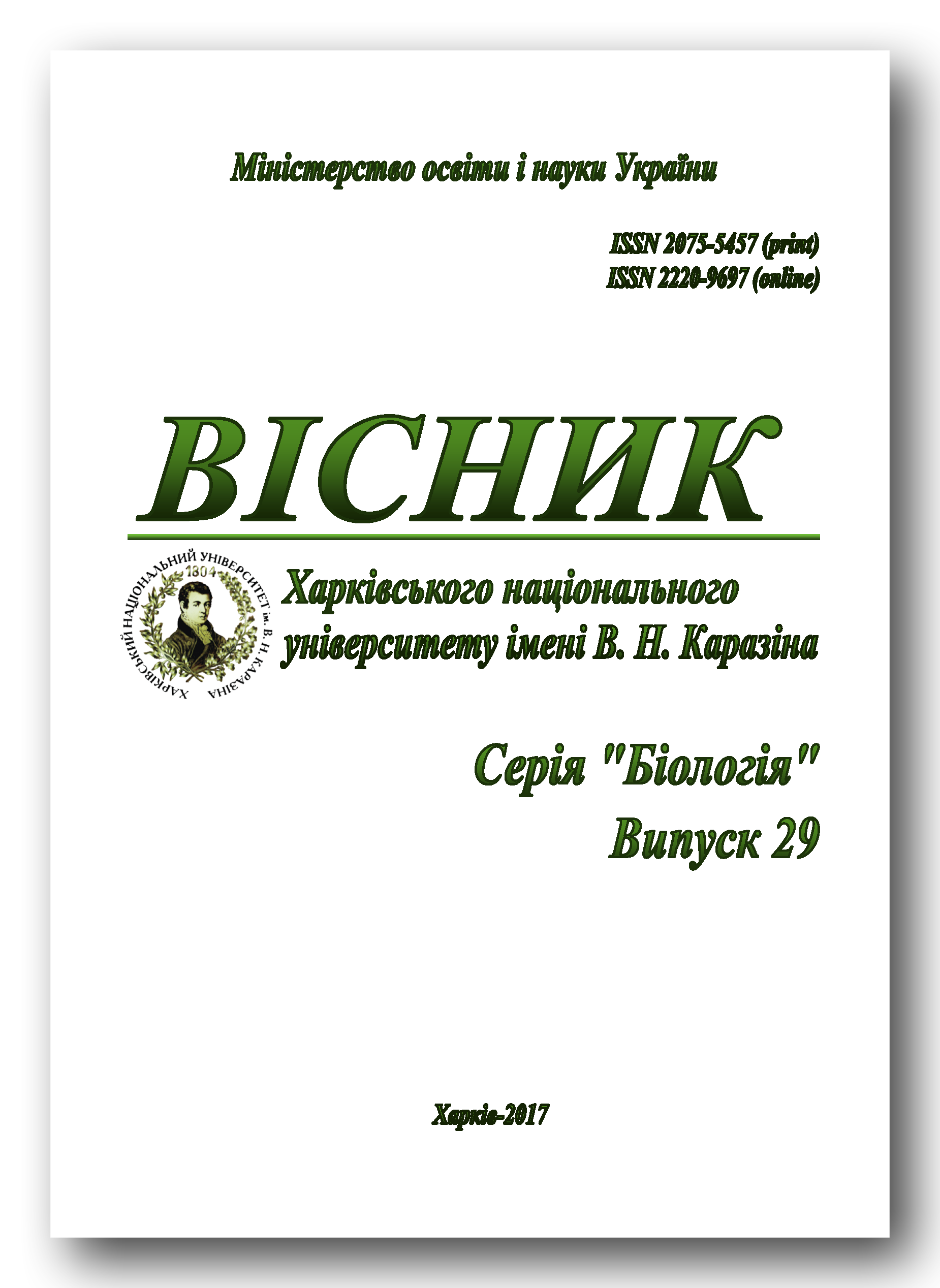Peculiarities of homologous conjugation of polytene chromosomes after exposure to microwaves and static magnetic field in Drosophila melanogaster Meig.
Abstract
The purpose of this investigation was to study the effect of microwave irradiation, static magnetic field and their combined action on the violation of homologous pairing of polytene chromosomes in Drosophila melanogaster Meig. Inbred line Canton-S was used as an experimental object. Microwaves with frequency 36.64 GHz and power density 1 W/m2 for 30 sec and static magnetic field of 25 mT intensity for 5 min were used. Exposure to electromagnetic fields was applied at the egg stage after 2-hour oviposition. Polytene chromosomes were examined in squashed salivary glands preparations stained with acetoorcein. For preparations, females at the 0-hour prepupa stage were used. Microwaves decreased the asynapsis frequency of homologous chromosomes by 18.1%. The constant magnetic field had no significant effect. Combined action of these factors decreased the asynapsis frequency in Drosophila giant chromosomes by 37.1%. Obtained results testify to the influence of electromagnetic factors on the homologous pairing of chromosomes in the nuclei of somatic cells. Thus, the possibility of their effect on the trans-interactions of the loci of homologous chromosomes is shown.
Downloads
Authors retain copyright of their work and grant the journal the right of its first publication under the terms of the Creative Commons Attribution License 4.0 International (CC BY 4.0), that allows others to share the work with an acknowledgement of the work's authorship.




